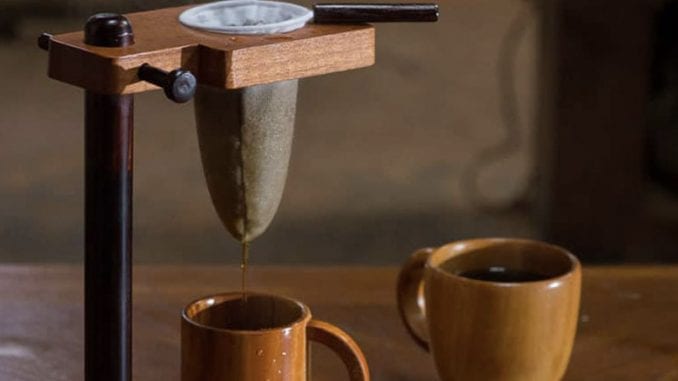
We take a look at brewing methods and devices from several countries.
BY KATRINA YENTCH
BARISTA MAGAZINE ONLINE
Cover photo courtesy of Craft Coffee Guru
When it comes to the coffee you make at home or in the café, how do you choose to brew? Many countries throughout the world prepare coffee in ways that a lot of people outside of those countries haven’t experienced. However, many of these brewing devices have been around for hundreds of years, rooted in each country’s history and tradition—especially within coffee’s first introduction into that respective country. Here are a handful of brewing methods and vessels that some may recognize from their own homelands, all of which produce delicious, strong, and rewarding cups of coffee.
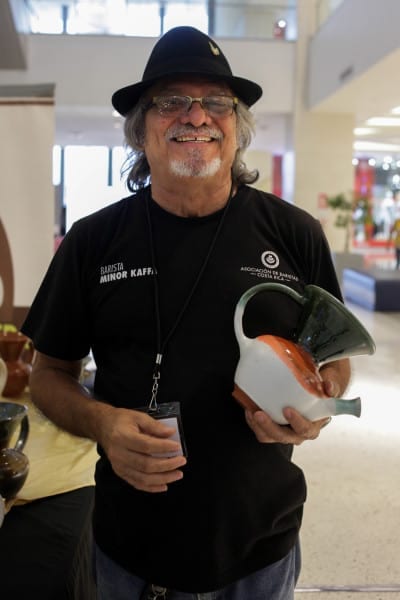
Vandola – Costa Rica
Costa Rican coffee owner Minor Alfaro invented the vandola only four years ago in the country, and it’s inspired by the café chorreador, a traditional Costa Rican brewing method. The vandola’s shape is similar to a Chemex, and you can even use the same filters for it. However, its clay material is meant to hold in heat better. It also has a small hole beneath the handle in order to oxygenate flavors more easily, resulting in a distinct flavor and noticeable sweetness. These clay pots can take up to a month to produce, but it’s worth the wait—they look stunning in any café or home setting.
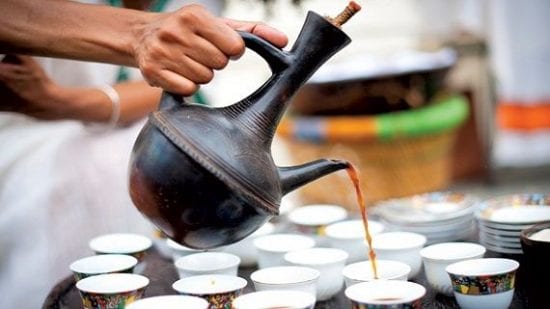
Jebena Buna – Ethiopia
The jebena is another clay pot used primarily in traditional coffee ceremonies in Ethiopia. Two versions of the brewer exist—one with and one without a spout on the side—and the preference for each one depends on the region. In order to prepare jebena buna, which is also used during a traditional Ethiopian coffee ceremony, green coffee beans are roasted on a pan over a flame, then ground with a mortar and pestle. Through an immersion process of brewing (when all water and coffee grounds come into contact at the same time), the coffee grounds are then placed into the pot along with water, and it gets placed directly on a bed of coals. When the jebena starts to steam, the coffee is ready and often served with popcorn on the side.
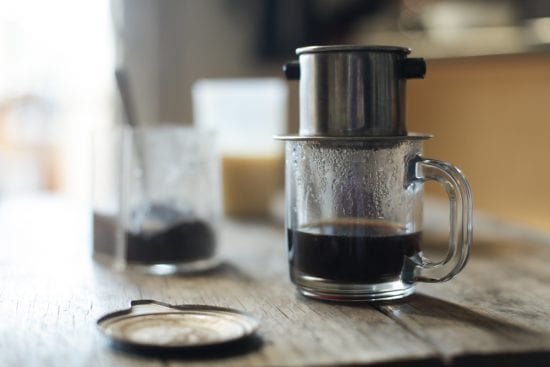
Café Phin – Vietnam
The café phin, which has been around for centuries, is derived from a type of French single-serve filter. Because the Vietnamese considered it expensive to use paper filters the way the French did, this metal coffee device was created. The phin is reusable and produces a singular style of traditional Vietnamese coffee—a strong and syrupy espresso that is about 3 to 4 ounces, typically served with condensed milk and sugar. It consists of a small tin cup with holes at the bottom for filtration. After finely ground coffee in placed in this cup, a small lid is screwed over the grounds to compress the puck, and another lid goes over the top of the coffee tin, which sits on top of a mug it drips into. Expect to wait several minutes for a beverage that will send you spinning from both caffeine and sugar highs.
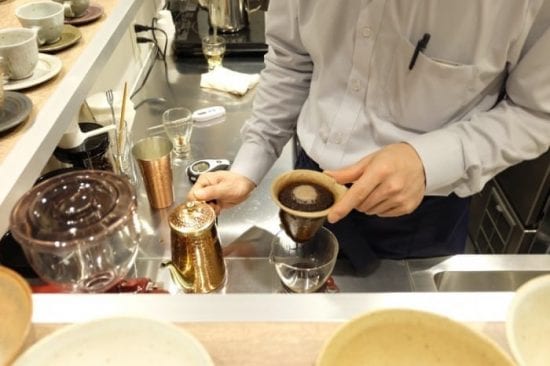
Nel Drip – Japan
There are many countries that make variations of a cloth-and-handle coffee maker (including the café chorreador from Costa Rica), but the one we will focus on is the nel drip, another time-heavy brewing device. It first found its place in cafés between the late 1800s and early 1900s, and involves a small fabric cloth net that attaches to a handle. Through this pourover method, a heavy amount of coarsely ground coffee is placed inside the net, followed by a very small amount of low-temperature water. The result is a small, thick, and velvety cup of coffee.
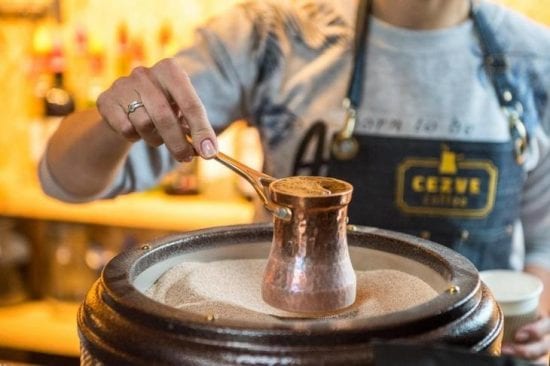
Cezve/Ibrik – Middle East, Eastern Europe, North Africa
The cezve/ibrik device may be familiar to more individuals thanks to its presence in the World Coffee Championships. The names “cezve” and “ibrik” translate from Arabic to “coffee pot” and “pitcher,” respectively. Invented in the late 16th century, it is typically used to brew Turkish coffee. This immersion brewing method uses finely ground coffee, which is placed into the cezve with hot water and heated over a flame or in hot sand. The pot is small and typically made of brass, metal, or copper, and produces yet another strong, syrupy, and full-bodied cup of coffee.

